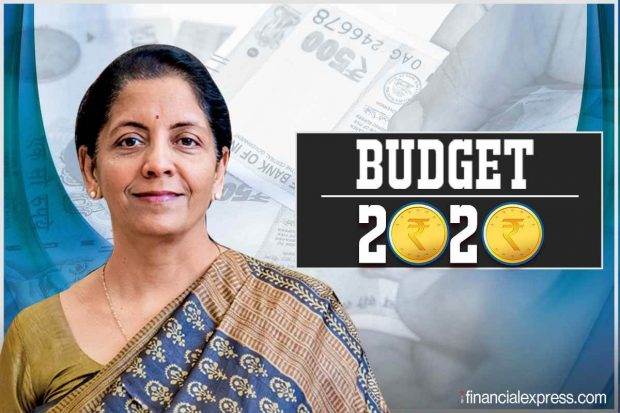By Rajkiran Rai G
Budget 2020 India: The budget has struck the right chord between enabling growth and managing fiscal deficit. It has hallmarks of continuity with change. There is an apparent rural pivot, with new initiatives aimed at doubling income of farmers, and enhancing livelihood opportunities for rural youth, women and underprivileged. Continuing social sector schemes of the first term, the Budget has outlined new initiatives under three themes — aspirational India, economic development and caring society.
The Budget has enhanced target for agriculture credit to Rs 15 lakh crore, a rise of 25% over the current fiscal. While better credit availability for farming is desirable, more heartening is increased allocation to help raise productivity through mechanisation of farming and post-harvest support for better value realisation of produce. Furthermore, as the Economic Survey argued, investment on building logistics infrastructure is imperative to raise competitiveness of exports, especially of network goods. Simultaneously, we must rise on efficiency frontier via commercial application of new technologies. The Budget has outlined strategic approach to harvest this opportunity.
The government focus on strengthening trust via better contract enforcement will further enhance ease of doing business and spur investments. Enhancement of deposit insurance coverage to Rs 5 lakh will further strengthen depositors’ trust in the banking system. The Budget also proposes to extend the MSME loan restructuring window by a year. This, together with the measures to deepen corporate bond markets, will help enhance flow of funds to the commercial sector.
The government has shown a commitment to fiscal prudence while prioritising spending in capacity building infrastructure and enhancing purchasing ability at the bottom of pyramid. There is a deviation of 0.5% of GDP in fiscal deficit trajectory, as permissible under the FRBM Act. This is in line with expectations, given the slowing down of economy and disruption in revenues in the wake of taxation reforms, of late. Meanwhile, new income tax regime envisages making rates progressive with income while rationalising exemptions. It, thus, completes the reforms that started with GST, followed by corporate taxes, making the taxation system fair, certain, convenient and efficient. It also helps address tax asymmetry across financial products, bringing banks’ fixed deposits at par with other financial alternatives for investors.
Watch Video: What is Union Budget of India?
Given the growing chorus of economy needing larger stimuli to recover from growth slowdown, the temptation to leave fiscal caution to the wind was compelling. To conclude, the Budget 2020-21 takes a pragmatic approach to growth without compromising the hard gains on fiscal rectitude. The stimulus is measured and targeted to promote entrepreneurship, foster trust and enable prosperity for citizens.
The writer is MD & CEO, Union Bank of India

